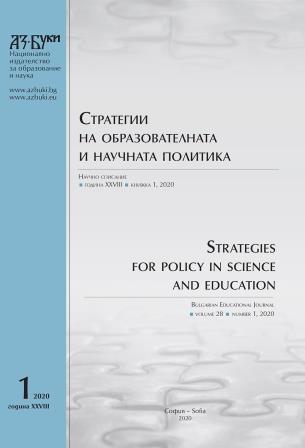
We kindly inform you that, as long as the subject affiliation of our 300.000+ articles is in progress, you might get unsufficient or no results on your third level or second level search. In this case, please broaden your search criteria.

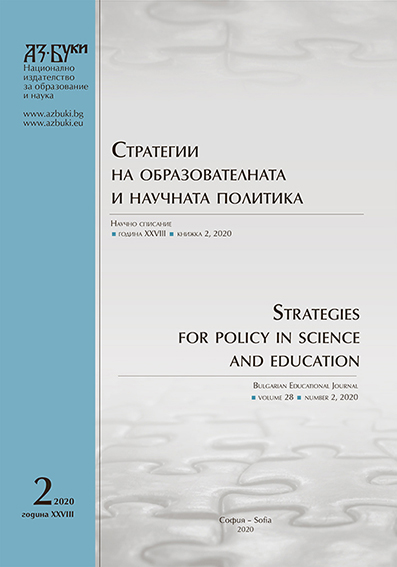
Informatization of the education system is the most reliable and promising innovation opportunity for the 21st century school. It can and should become the foundation for the process of global informatization of the entire community, as information and communication technologies (ICTs) place learners of all types and levels of school facing new intellectual challenges and make the learning process more flexible and effective, space and access to information. Informatization of the educational system, as a process, must go beyond that ofother super structural phenomena in society, since the social, psychological, general cultural, moral and ethical and professional prerequisites for informatization of the whole society are built up at the school and the university. Only a person trained in the skills and desires for the realization of humanistic social ideas, possessing the spirit of new technologies, with innovative thinking, will be able to change society through its activity in material and spiritual production.
More...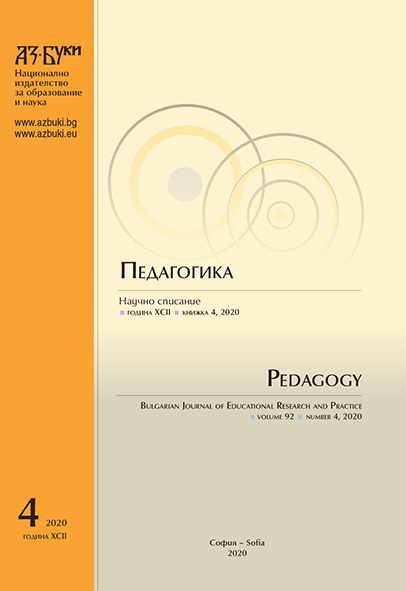
This article attempts to outline various possibilities of the form “tutor session” to form an intercultural competence in the elementary classes. The author emphasizes on the axiological parameters of this process and its realization in the real pedagogy practice.
More...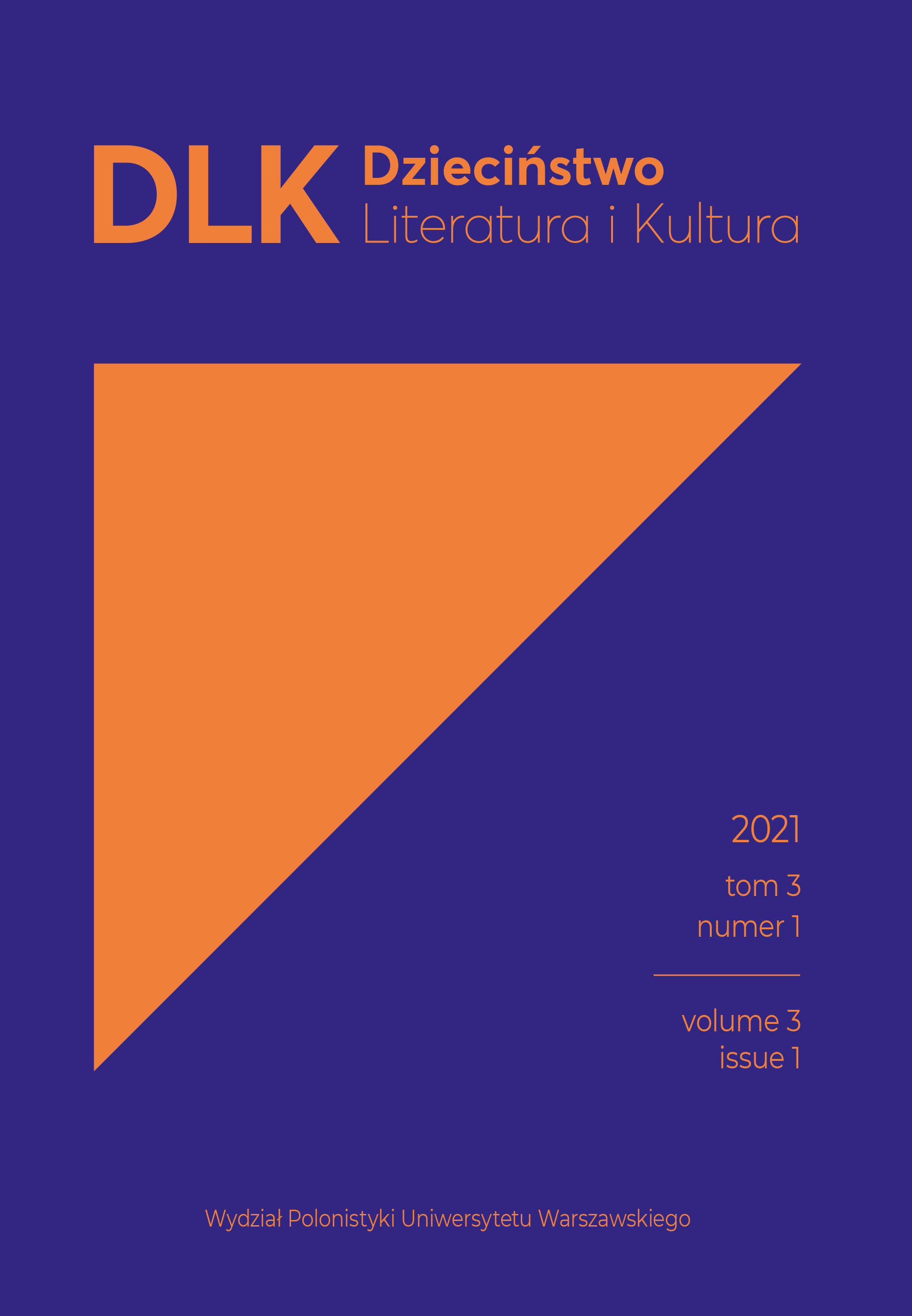
The review article refers to the monograph Nasz Dom 1919–2019. Pedagogiki społeczne, miasto i dzieciństwo w praktyce Naszego Domu [Our Home 1919–2019: Social Pedagogies, the City, and Childhood in the Practice of Our Home], edited by Marcin Gołąb and Zuzanna Sękowska (2019). It touches upon the problem of the social construct of what a ‘home’ can be. Its purpose is to show how the book captures the process of creating Nasz Dom [Our Home] depending on the context, and to discuss what a description of such characteristics can offer to the contemporary society. The author begins the article by presenting the assumptions of social constructivists. Then, she refers to the main elements influencing the shape of the structure of Our Home: the place, social pedagogy, and children. The article refers to the relationship between the practiced model of upbringing and the paradigm of childhood studies that emerged later. Particular emphasis is placed on the subjectivity of the child and the process of creating its rights.
More...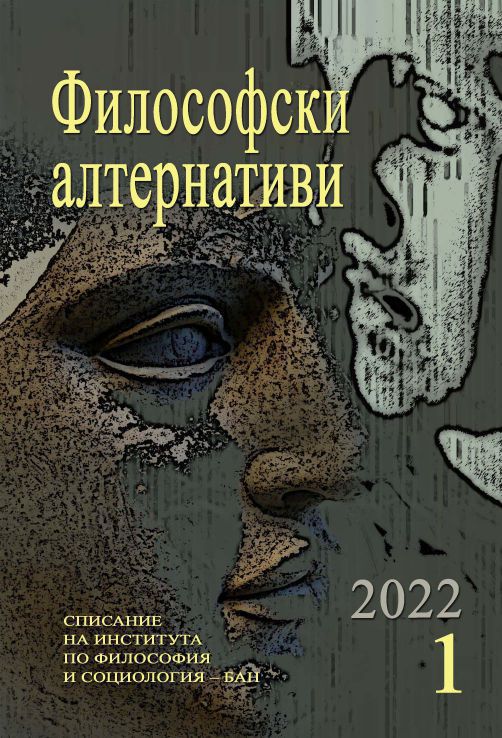
The article is devoted to the ideas of the French sociologist and philosopher Emile Durkheim about moral education. Moral education means special care for students, which is also care for the whole society. The influence of individualism as main moral principle of contemporary society is also analyzed. The author traces connections of Durkheim's ideas with the concepts of other thinkers and considers their contemporary influence on the education system. He also argues on the analysis of Durkheim's ideas, the necessity of education and training in ethics in the modern educational process.
More...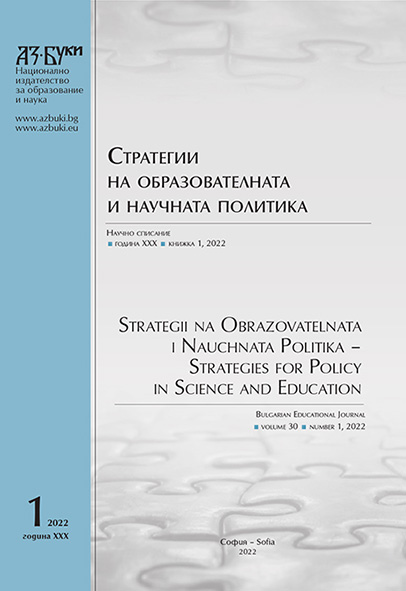
The aim of the study is to establish and assess the availability of school wellness in primary education by applying objective and reliable tools for its assessment and / or comparison. The subjects of the analysis are the indicators that allow harmonization and individualization of the differences in motor qualities between experimental and control groups of children, determining the presence of school Wellness in Bulgaria. Object: systematization and analysis of measured specific indicators through objective and reliable tools. In the period from September 1, 2019 to January 31, 2020, a measurement of the speed potential of children from primary education was conducted. To deduce the relationship between the indicators of motor potential in students in the initial educational stage, a method of variation and correlation was applied for analysis of the dynamics.
More...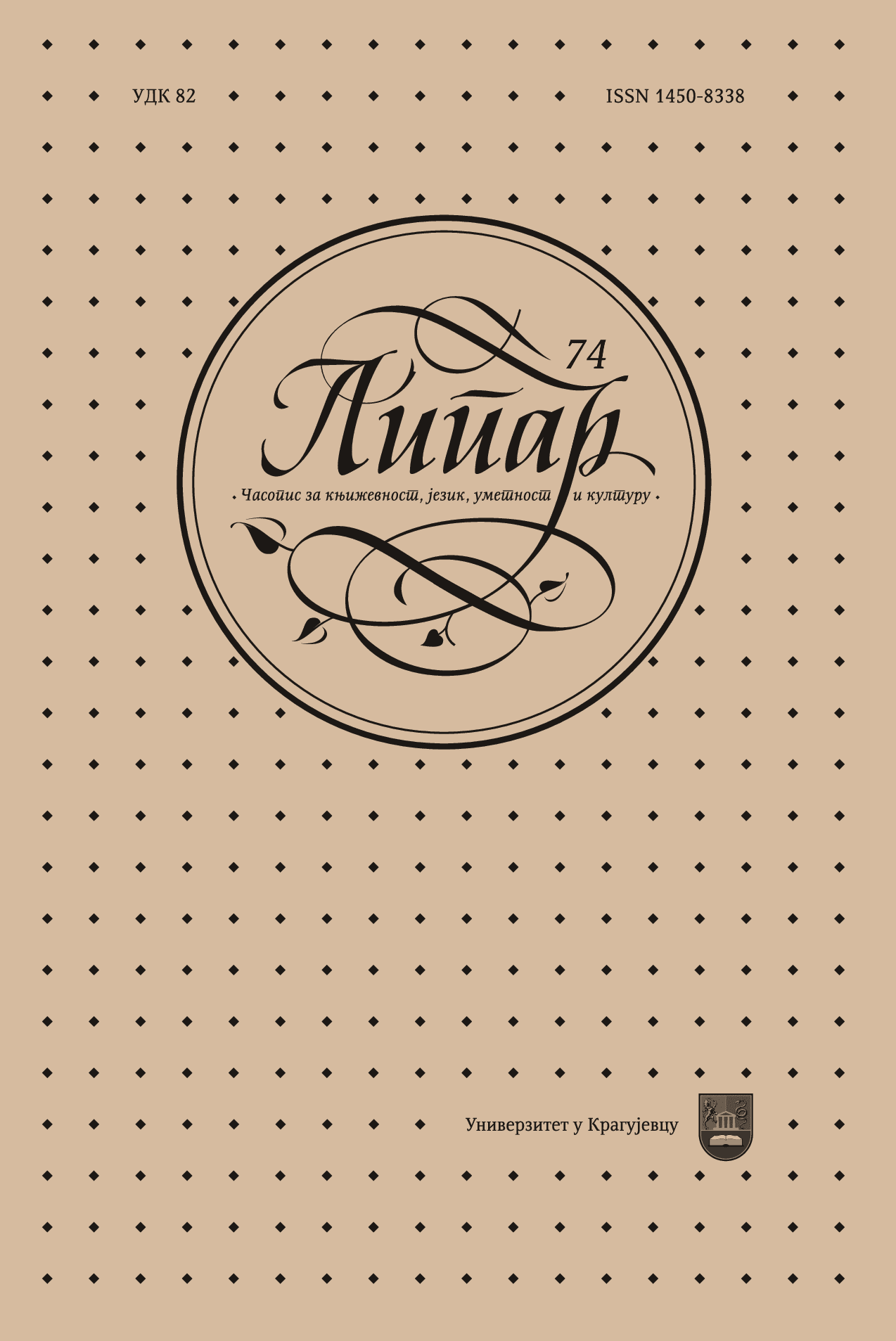
The paper deals with L2-L1 translation as used in different phases of an ES(A)P (English for specific academic purposes) course for different purposes – namely, as a complementary class activity carried out throughout the course, as well as one of the means of assessing students’ reading comprehension. It foregrounds the importance of selecting adequate materials, and elaborates on the different factors that this selection is dependent on. An extensive analysis of translations by students of the humanities and social sciences at the Faculty of Philosophy in Belgrade has been carried out, the results of which have been used to substantiate the rationale behind the use of translation as a learning and assessment tool, while indicating the kind of translation materials most appropriate for the two purposes. The paper also aims to contribute to the reevaluation of the use of translation in ESP, since it has for a long time been “ostracised” from language teaching practice, while placing this activity/tool in the context of the humanities and social sciences, which have also been undeservedly neglected in EFL/ESP studies.
More...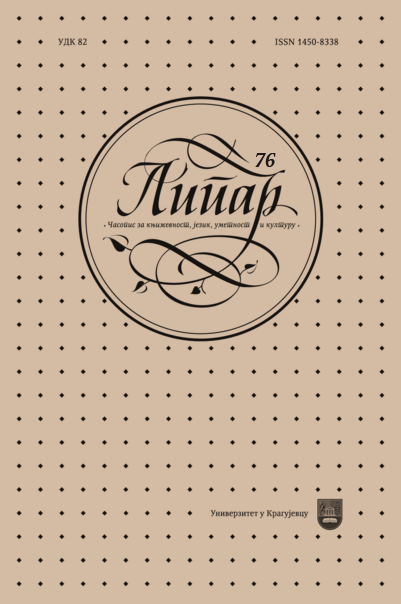
Il presente contributo intende illustrare e analizzare il modo in cui si sviluppa l’interazione in una classe in cui viene studiata una lingua straniera. Sic- come il contesto istituzionale presenta varie strutture comunicative, alcune ricerche hanno affermato che l’interazione, ovvero la comunicazione insegnante-alunno, si sviluppa principalmente tramite le domande che fanno gli insegnanti e attraverso le risposte degli alunni. Quindi, abbiamo esposto vari tipi di domande che l’insegnante può fare per stimolare l’interazione in classe. Inoltre, abbiamo rappresentato al- cune strategie, ovvero alcune attività didattiche che il docente può organizzare per migliorare la produzione orale dei discenti. Siamo giunti alla conclusione che lo scopo dell’apprendimento di una lingua straniera è quello di sviluppare e di raggiungere la competenza comunicativa, che sarà possibile grazie alle techniche che applicherà l’insegnante per favorire l’interazione in classe.
More...
The goal of the analysis is to confirm the hypothesis that the elements of interculturalism and intercultural education influence the development of intercul- tural awareness and the formation of the overall personality of students in schools оf Novi Pazar. In a survey conducted in October of the school year 2020/21. 83 students participated in Novi Pazar primary and secondary schools (43 primary school stu- dents and 40 secondary school students). The research was conducted by surveying students of Novi Pazar schools, in which case the survey consisted of closed and open questions, and examined students’ attitudes about the concept of interculturality and intercultural education, where we by quantitatively-qualitative analysis confirm our initial hypotheses that interculturality and intercultural education affect the cultural awareness of students, their generation of attitudes, which lead to the development of the overall personality of students, their acceptance of cultural differences, anti- discriminatory behavior, tolerance and mutual dialogue.
More...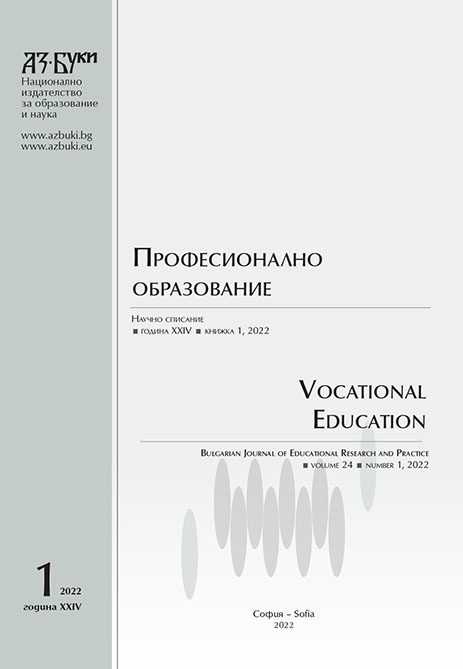
The article deals with the pedagogical interaction parents – children – teachers as a basis for the full development of children's personality in preschool age. The key to successful kindergarten-family cooperation is positivity in the teacher-child-parent relationship. Teamwork is the key to a successful partnership, so that the child can become a responsible person striving for intellectual, emotional and social development. In this context, emphasis is placed on the use of complementary forms of pedagogical interaction, innovative forms and methods, teacher-parent collaboration. Educators use their ideas, knowledge and professional experience and thus achieve a successful cooperation and efficiency in communication and joint work with parents. Involving parents in the activities of the group stimulates children to be more confident and to develop their creative potential.
More...
Project-based learning centers education around the student's personality. It relies on the cognitive activity, creative imagination, creativity and team thinking of students, guided by teachers who are in the position of motivators and facilitators. The article presents a model for project-based learning, which makes interdisciplinary links between general and vocational education, combines elements of formal and non-formal education, active and interactive learning and involves students in a real learning community. The educational project “Enchanté de faire votre connaissance, Monsieur Onéguine” provided an opportunity to enrich the educational environment, outsource learning, new roles for teachers and students, pedagogical innovation, improving students' professional competencies and building an attitude to learning in whole life.
More...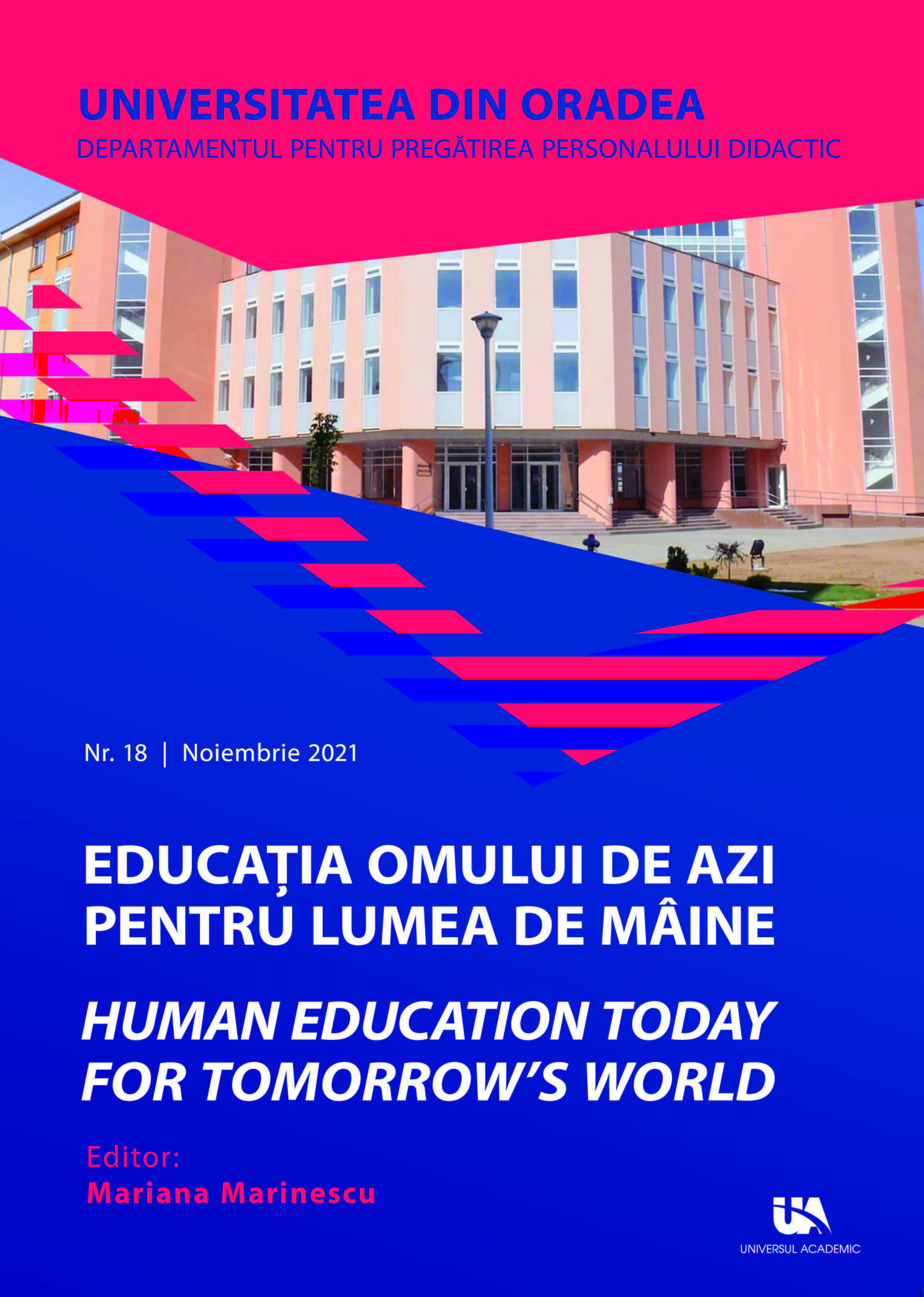
This article addresses the issue of designing and organizing adult learning and education from the perspective of specific didactic technologies and strategies. The emphasis is placed on analysing the concept of didactic technology/strategy and comparison of the adult training characteristics. The peculiarities of adult learning and education are deduced and a concept of organizing adult training based on interactive didactic technologies is proposed, focused on the dominant competencies and methods, but also on the needs and options of adults.
More...
As educators, our mission is to help children have a fulfilling existence, because they are the futureof our country. It is important to respect the personality of each child, to support him and make him feel loved,because only the child with positive self-esteem will have a fulfilled life. Through this research, we aimed todemonstrate that strengthening self-esteem in young school-age children is essential for their physical, cognitiveand emotional development.
More...
The health crisis caused by the SARS-Cov-2 virus has severely affected the pre-university education system in Romania. In an attempt to resolve this situation, it was decided to move education from the form of learning through physical presence in the classroom to the form of online learning. How effective this way oflearning has been, as well as the possibility of it being a long-term option, is a task that most researchers in this field must carry out. Therefore, in this paper we consider that a critical analysis of the situation of online preuniversity education in Romania is necessary, an analysis that involves highlighting the benefits and disadvantagesthat it entails. The paper is part of educational research studies, being of particular need, given that online education is a current challenge and there are few studies in this field. The study, based on practical observations, provides suggestions for improving the pre-university education system in Romania.
More...
In many countries in the European Union, but also outside it, volunteering is one of the most important activities, being practiced by a growing number of people. The motivation to get involved in volunteer activities is extremely diverse and includes arguments related to the need to know other people, to gain experience in a certain field, to solve a problem facing the community or even the person concerned, to spend their free time in a useful, pleasant and even fun way, etc. Unfortunately, in Romania the subject of volunteering is quite little addressed, and a relatively small number of people are really involved in this phenomenon. The explanations could come, on the one hand, from the communist history of the country, in which volunteering was associated with"patriotic work", and this with the obligatory debt to the ruling party, and on the other hand, from the current modest economic situation of Romania, the preoccupation of many people being oriented towards the activities that bring financial income and less towards the charitable acts. However, generational exchange could bring young people to understand that money is important, but not an end in itself, and voluntary involvement in an activity can bring much more consistent benefits in the medium and long term. Therefore, in this study, we will analyze some of the most important volunteer activities through which students and their teachers can get involved in the development of the communities in which they live.
More...
There are two meanings for curriculum term: curriculum designates the very content of education, in a narrow sense; curriculum refers to the interdependencies between objectives – contents – teaching / learning strategies – evaluation, in a broad sense. The concept of ,,curriculum” can be defined and analyzed through its multidimensional approach, respectively through three perspectives: from a functional point of view: the curriculum indicates educational goals to be achieved, and through them, orients, organizes and leads the training and learning process; from a structural-functional point of view: the curriculum includes, as basic, fundamental components: educational purposes, instructive-educational contents, teaching and learning strategies, evaluation strategies, training time; from the point of view of the product: the curriculum is objectified in curricula, school curricula, school text books, in documents and curricular auxiliaries, in materials etc. The paper presents a curriculum model at the school's decision, with a transdisciplinary approach.
More...
Promoting the image of the school (in our case a kindergarten) involves a human activity or a system of activities aimed at meeting the requirements of current and potential beneficiaries. The beneficiaries of our school activities are many: first of all, students, their parents and families and finally the whole society.
More...
The possibilities for connecting the teachers to their students, in order to pass on the knowledges efficiently, are many. One of them is „drawing by threads”. It is very applicable method, because for use it, there is no neccesary neither profund art knowledge, neither substantial expenses, only the passion for working with children. The students, by using threads glued on paper, can tell real stories, that come to life in their hands. It gives them contentment and reasons for being proud, due to the originality of the technique.
More...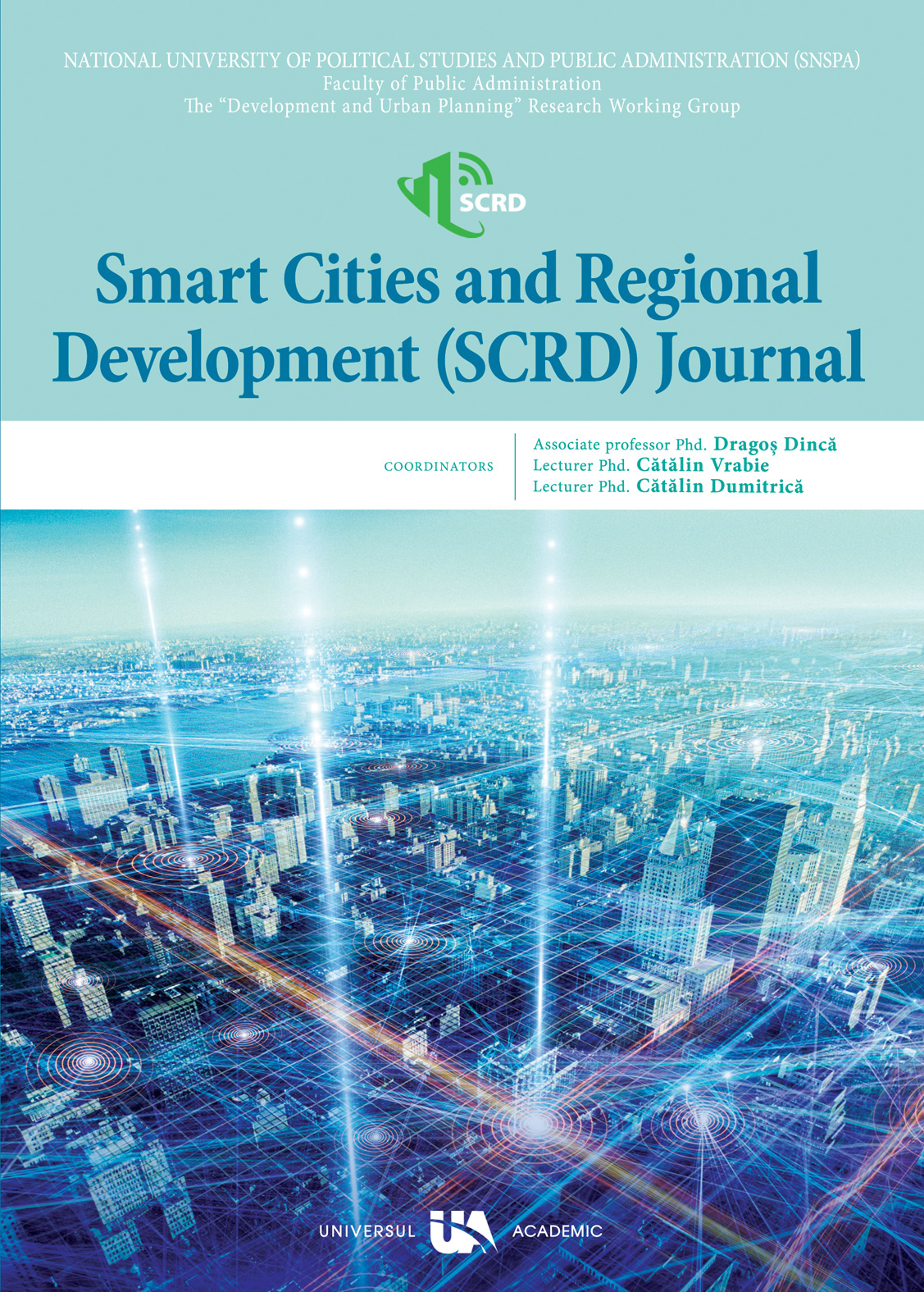
Virtual workplace adoption has created many challenges as well as excellent opportunities for organizations. The purpose of this study is to implement a business digitalization strategy so that micro, small and medium enterprises intending to adopt virtual workplace can use as guidelines. To help managers address this challenge more systematically, we describe how organizations successfully adopt virtual workplace in smart cities. Most existing studies examined the role of virtual workplace on business performance and worker productivity. We focus specifically on the implementation strategies as the under‐researched areas of academic inquiry.We adapted the 11 strategic questions from the study of Hess, Matt, Benlian and Wiesböck and provide possible answers from various relevant studies, so mangers can use as guidelines when formulating a virtual workplace strategy.A survey of the literature was conducted and relevant study results providing the implementation guidelines for adopting the virtual workplace are presented. Findings from the research can help managers better understand the successful implementation of the virtual workplace. Because transforming traditional workplace into virtual workplace brings challenges and as well as opportunities, it is important for managers to understand them completely in order to eliminate the risks and increase the favorable effects.
More...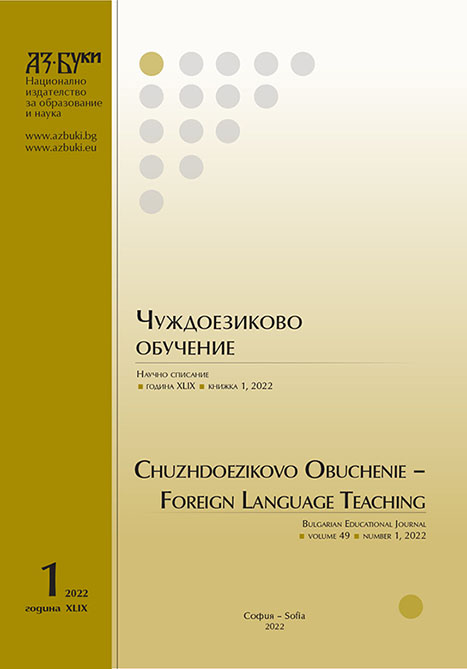
In the context of general intensification and use of ES, the risks of their negative impact on the cognitive and speech development of adolescents increase. It is shown that adolescents 10-12 years old have an unformed basic / basic speech functions, which can manifest themselves in different ways in different types of speech and intellectual activity. The mistakes made by students indicate a lack of ability to build complex syntactic structures and use words that do not carry the main informative load. The results indicate that the limitation of the total time of using the EI from 30 min. up to 1.5-2 hours a day does not have a negative effect on the formation of general vocabulary and executive functions, while the child's failure to comply with the family's time limits for using electronic devices outside of school affects the development of cognitive functions in general. The use of EI by parents for more than 2 hours a day can have a negative impact on the formation of the main structural components of speech and cognitive activity. Reading books and a child's hobbies in their free time can have a positive impact on the formation of a holistic, multi-level speech activity.
More...